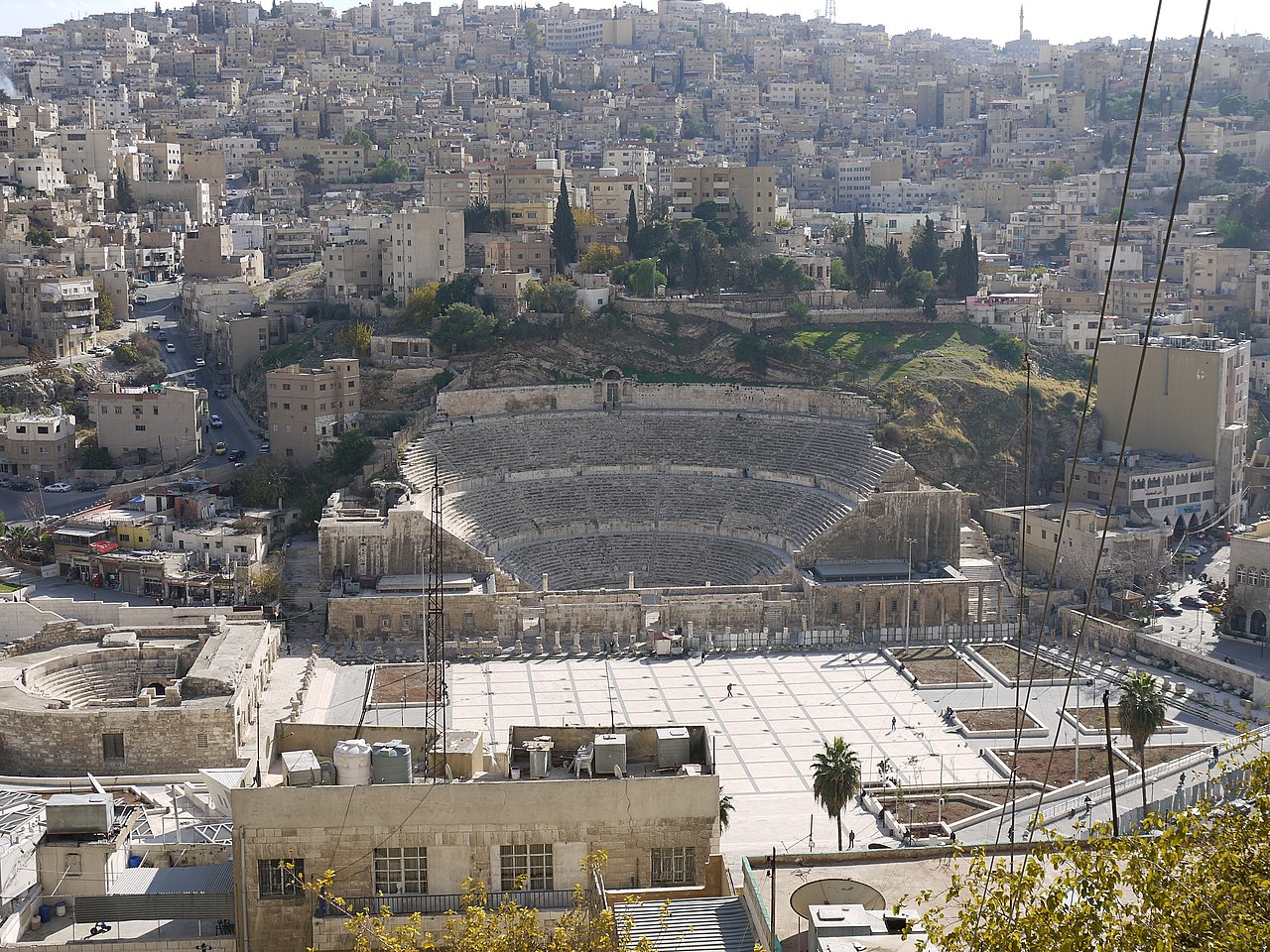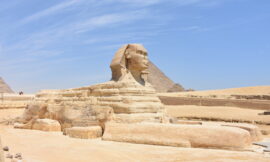Amman, the capital and largest city of Jordan, is a vibrant metropolis that seamlessly blends modernity with ancient history. Nestled in the northwestern part of the country, Amman serves as a cultural, economic, and political hub, offering visitors a unique experience that spans millennia.
The city’s history dates back to ancient times, with evidence of human settlements in the area dating as far back as the Neolithic period. Over the centuries, Amman has been home to various civilizations, including the Ammonites, Assyrians, Persians, Greeks, Romans, Byzantines, and Umayyads. Each of these influences has left its mark on the city, contributing to its rich historical tapestry.
One of the iconic landmarks in Amman is the Citadel, known locally as Jabal al-Qal’a. Perched on a hilltop, the Citadel offers panoramic views of the city and is home to archaeological remnants from different periods, including the Temple of Hercules, the Umayyad Palace, and the Byzantine Church. The Umayyad Palace, with its impressive dome and columns, stands as a testament to Amman’s significance during the Umayyad Caliphate.
Amman is also home to the Roman Theater, a magnificent structure that harks back to the city’s Roman past. Built during the 2nd century AD, the theater could accommodate thousands of spectators and is still used today for cultural events and performances. The juxtaposition of the ancient amphitheater against the backdrop of modern Amman is a striking representation of the city’s historical continuity.
In the heart of Amman, the bustling downtown area is a vibrant mix of markets, shops, and street vendors. The Souk Jara, a popular market, comes to life with stalls selling handicrafts, textiles, spices, and local delicacies. Exploring the narrow alleys and engaging with locals in the downtown markets provides a glimpse into the daily life and traditions of the city.
Amman’s religious diversity is evident in its array of mosques and churches. The King Abdullah I Mosque, with its distinctive blue dome, is a prominent landmark and an important center for Islamic worship. Additionally, the Coptic Orthodox Church and the Roman Catholic Basilica of Saint George reflect the city’s inclusivity and the coexistence of different faiths.
Modern Amman is characterized by its skyline of contemporary buildings, shopping malls, and vibrant neighborhoods. The Abdali area, a major urban development project, showcases sleek architecture, international hotels, and modern amenities. As a thriving economic center, Amman attracts business travelers and tourists seeking a cosmopolitan experience.
The city’s culinary scene is diverse, offering a range of traditional Jordanian dishes as well as international cuisine. From street food stalls serving falafel and shawarma to upscale restaurants offering gourmet delights, Amman is a haven for food enthusiasts.
Amman’s charm extends beyond its city limits, with day trips to nearby attractions such as the ancient city of Jerash and the biblical site of Mount Nebo. These excursions provide a deeper understanding of Jordan’s historical and religious significance.
In conclusion, Amman, Jordan, is a city that seamlessly weaves together its ancient heritage with a modern, cosmopolitan outlook. With its archaeological treasures, vibrant markets, religious diversity, and contemporary developments, Amman invites visitors to embark on a journey through time and culture, discovering the layers of history that have shaped this captivating city.


